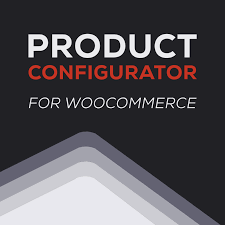
Customizing Your WP Site: Strategies for WP Configuration Success
WordPress is a website creation platform used by millions of people around the world. It is flexible, easy-to-use, and customizable, making it a popular choice for small businesses, bloggers, and even large organizations. However, many users struggle with understanding and configuring WordPress settings. This guide is designed to help you master wp configurator to optimize your website and ensure it is running as efficiently as possible.
Understanding the WordPress Dashboard:
The WordPress dashboard is the control panel for your website. From here, you can manage posts, pages, themes, and plugins. It’s essential to understand the layout of the dashboard and where each option is located. Spend time familiarizing yourself with the menu on the left-hand side and take advantage of the Help section if you’re unsure about any features.
Configuring Settings:
The Settings section is where you’ll configure the majority of your WordPress site’s functionality. From General settings, where you’ll define your site’s title and tagline, to Reading settings, which determine how your pages and posts are displayed, there’s a lot to consider. Many of these settings will be pre-defined, but it’s important to review and tailor them to your needs.
Choosing the Right Theme:
A good WordPress theme can make a big difference to your website’s appearance and functionality. Themes are templates that dictate your site’s layout, design, and functionality. With thousands of themes to choose from, it can be overwhelming to pick the right one for your needs. Consider your website’s purpose, target audience, and desired look and feel when choosing a theme. Also, pay attention to compatibility with essential plugins and how frequently it is updated.
Installing and Customizing Plugins:
Plugins are third-party add-ons that expand the functionality of your website. They can be used for everything from SEO optimization to contact forms, social media integration, and online store features. When selecting a plugin, ensure it is regularly updated and has good reviews. Once installed, customize the plugin’s settings to match your website’s needs.
Backing up Your Website:
Finally, it is crucial to have a backup of your website in case of data loss or hacking. Many hosting providers offer automated backup solutions, but it’s important to check and make sure your site is being backed up regularly. Additionally, your website can be backed up manually through plugins or using FTP to download the entire site’s contents.
Conclusion:
WordPress is a powerful and flexible platform, but it can be challenging for newcomers to navigate. By understanding the WordPress dashboard, optimizing your settings, choosing the right theme, installing plugins, and backing up your site, you can create a robust website that serves your needs. Remember to review your website’s performance regularly and optimize your configuration based on any feedback. With practice and an understanding of the fundamentals of WordPress configuration, you will be well on your way to mastering this platform.